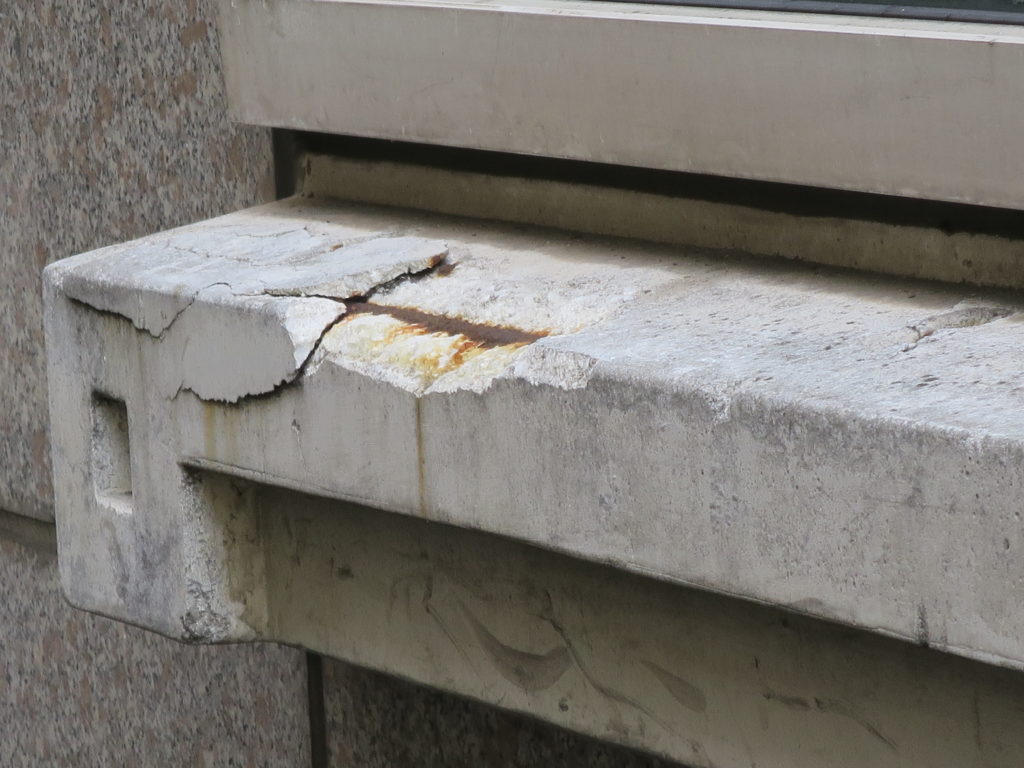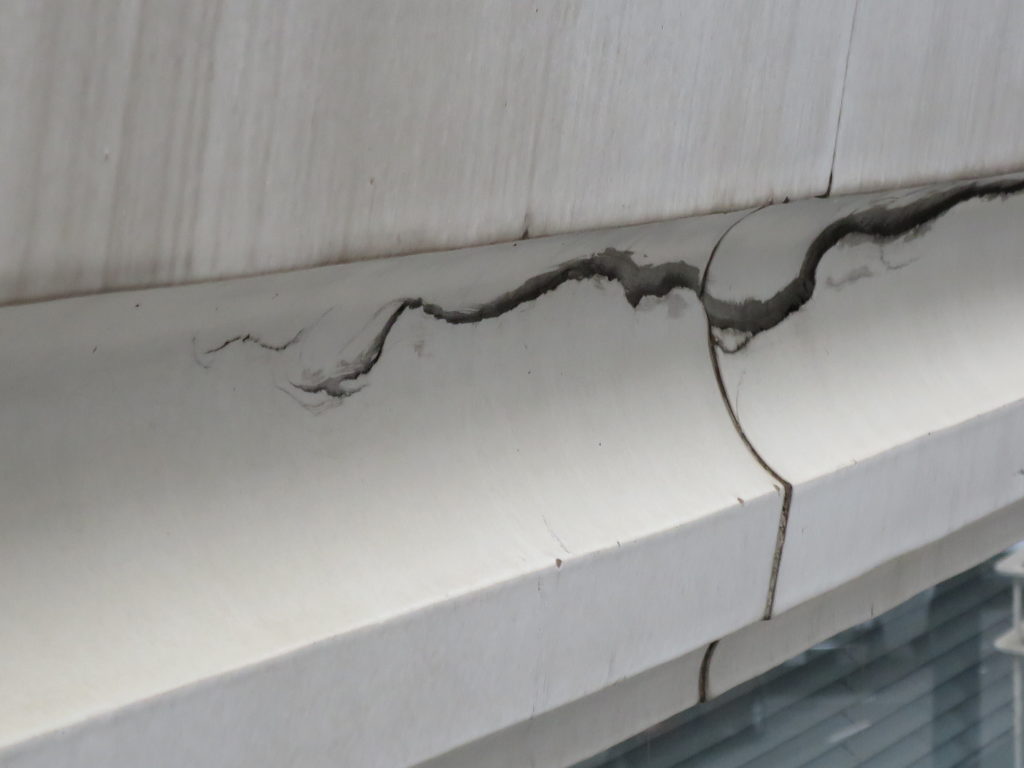
David P. Wessel
AIC, FAPT
Principal
Now that San Francisco’s building facade inspection and maintenance ordinance has gone into effect, the clock is ticking for owners of older structures over five stories. It is never too early to get started. Depending on when your building was constructed, the deadline for submitting initial facade inspection reports to the city is only a few years away. Contractors are in high demand already, so it is not going to get easier to find qualified contractors as more building owners move to comply with the ordinance. What follows are a few tips on making sure you get the most out of the process—not just to meet the requirements, but also to make your building as safe and secure as possible.
First of all, give the process enough time. When you hire a facade inspection consultant, grant them the time they need to conduct a comprehensive survey and create the documents for submitting to the city. It will be well worth the effort when it comes time to send the work out for bid.
If the inspection finds hazardous conditions—and there is probably a 50-50 chance that will happen—then the city will require you to put up sidewalk protection immediately, and then within 30 days, you’ll need to turn in a plan for remediating the unsafe facade conditions.

Concrete spalls caused by corrosion of reinforcing bars.
In the past, remedial repair of a facade didn’t require the owner to get permits. It was more like painting—simply part of maintenance. Now that the planning department is involved, however, it is likely that the city will require owners to get permits for facade repair. Which means any building repairs will have to be reviewed by the Historic Preservation Planners at the Planning Department. Did I mention it’s never too early to get started?
In some cases, when there are conditions to repair that are difficult to quantify, you may want to hire a contractor to prepare test panels to see if the recommended treatments will work. This will also yield valuable information on pricing, and test panels can also provide a standard for the remediation project. When you ask contractors for bids, they can review these panels so they can provide you with the most accurate estimates. In addition, you can require the contractor you hire to uphold that standard for the whole project. This will make it more likely you’ll get high-quality bids.
In preparing the construction documents, anticipate that more work will probably be required than you can foresee. Yes, the contractor will provide a unit price for the repair of a certain square footage. If your construction documents require a sheet-metal cornice with wood inside, you can ask for an hourly rate for a carpenter, so you know what that’s going to cost you. But you also want to make sure your consultant understands what they are specifying. I’ve seen some engineering documents drawn up by consultants who knew a lot about the materials in question, but clearly had no idea what happened on a construction site.
But ultimately, the success of a facade repair project comes down to the labor force—the crew who will be up there on the scaffolding day after day. The laborers’ skill and their dedication to what they are doing will have the greatest impact on the success of the project.
So the way the contract is structured is crucial. With a hard bid, if the work ends up being more extensive than expected and the contractor starts losing money, the quality of the work can suffer. There are ways to carry out the work more quickly, but that’s not necessarily a good thing.

Material separation at terra cotta ornament.
Instead, go for a negotiated contract with the contractor, which establishes a baseline of work but also allows you to negotiate different ways of structuring the contract so that you end up with one that covers the unexpected while being fair to both parties.
It’s also important to monitor the repair work during construction. You need a design firm that knows when to make site visits, is comfortable on scaffold of all types, and has a rapport not only with the various contractors doing the work but also with the laborers themselves.
Satisfying the ordinance’s requirements will mean spending money. But performing this maintenance will pay off in the long run. From a liability standpoint, the new rules make a lot of sense. You’ll sleep a lot easier knowing that none of your cornices are going to fall because no one’s waterproofed them. Preparation now will save a lot of headaches later.
For information on ARG’s Façade Assessment services, visit https://www.argcreate.com/san-francisco-facade-ordinance
